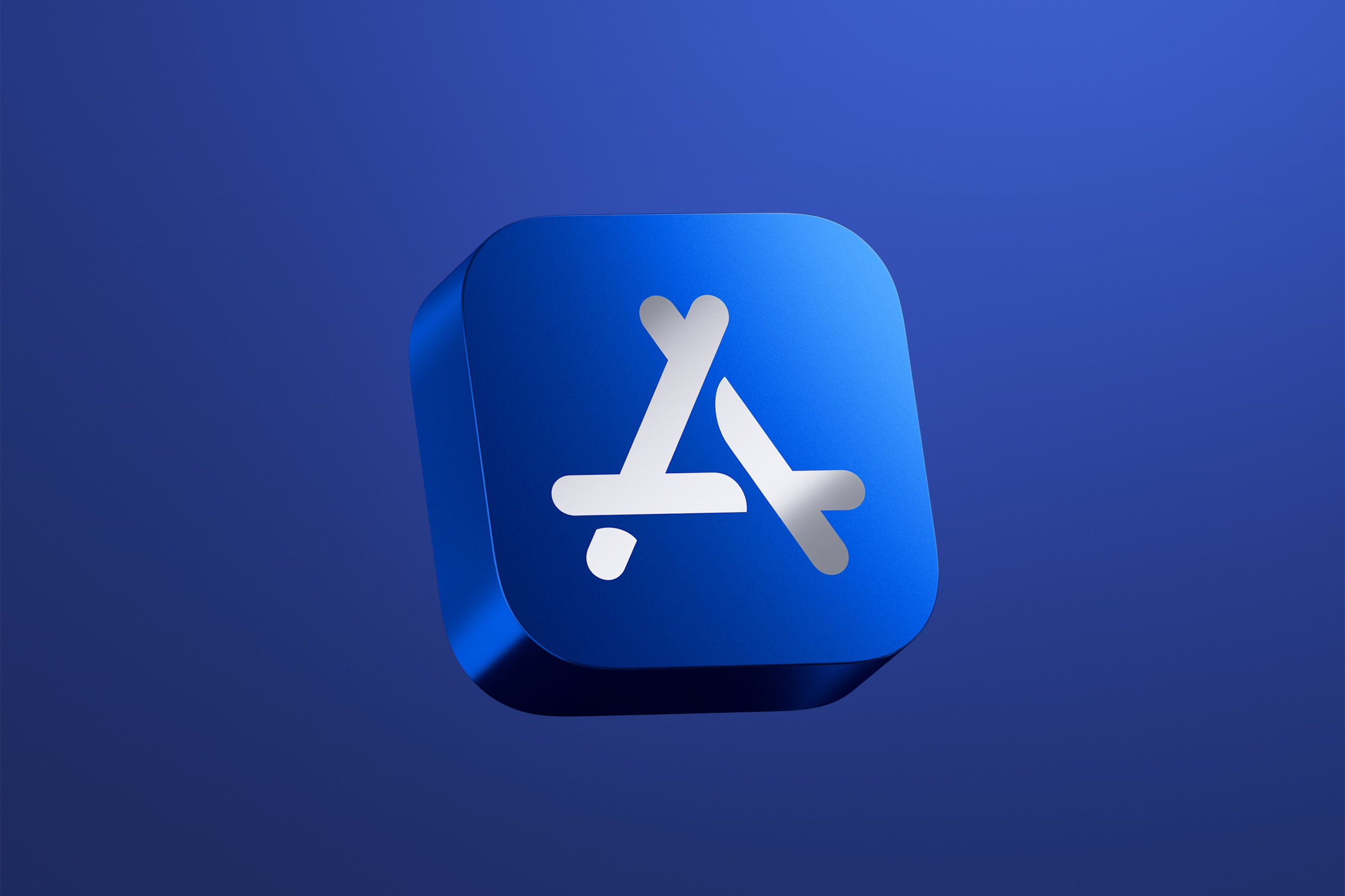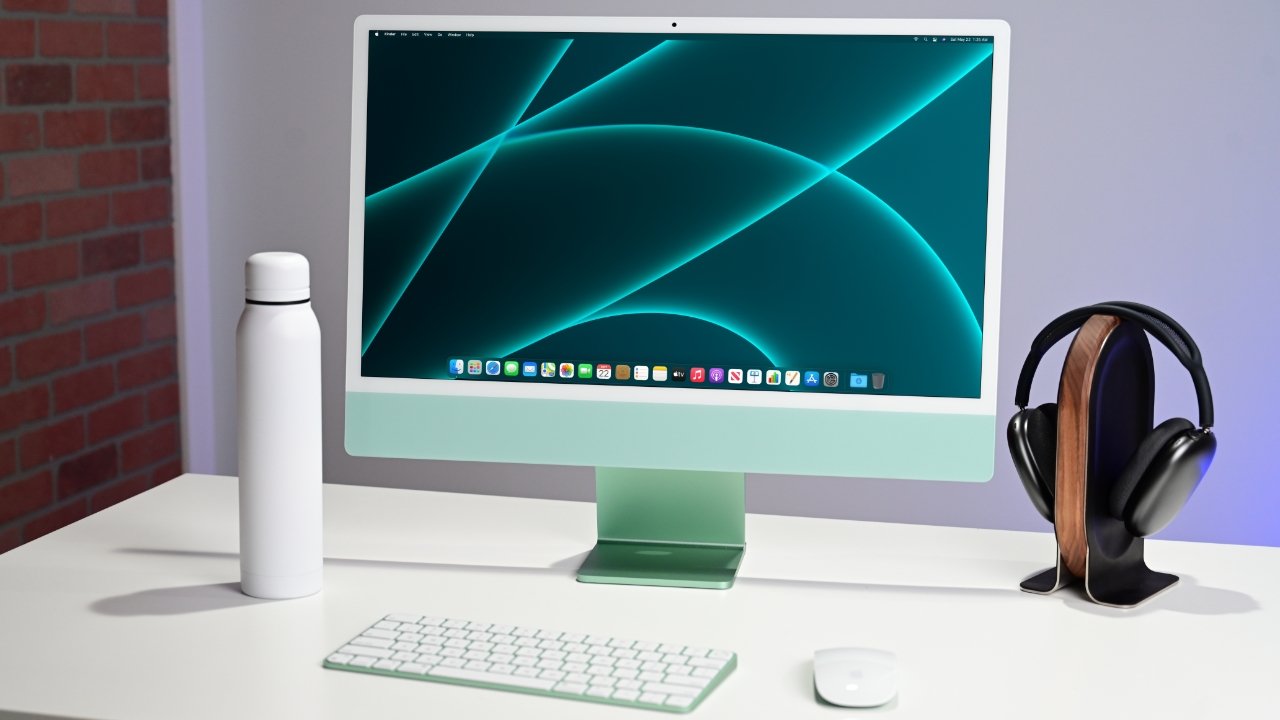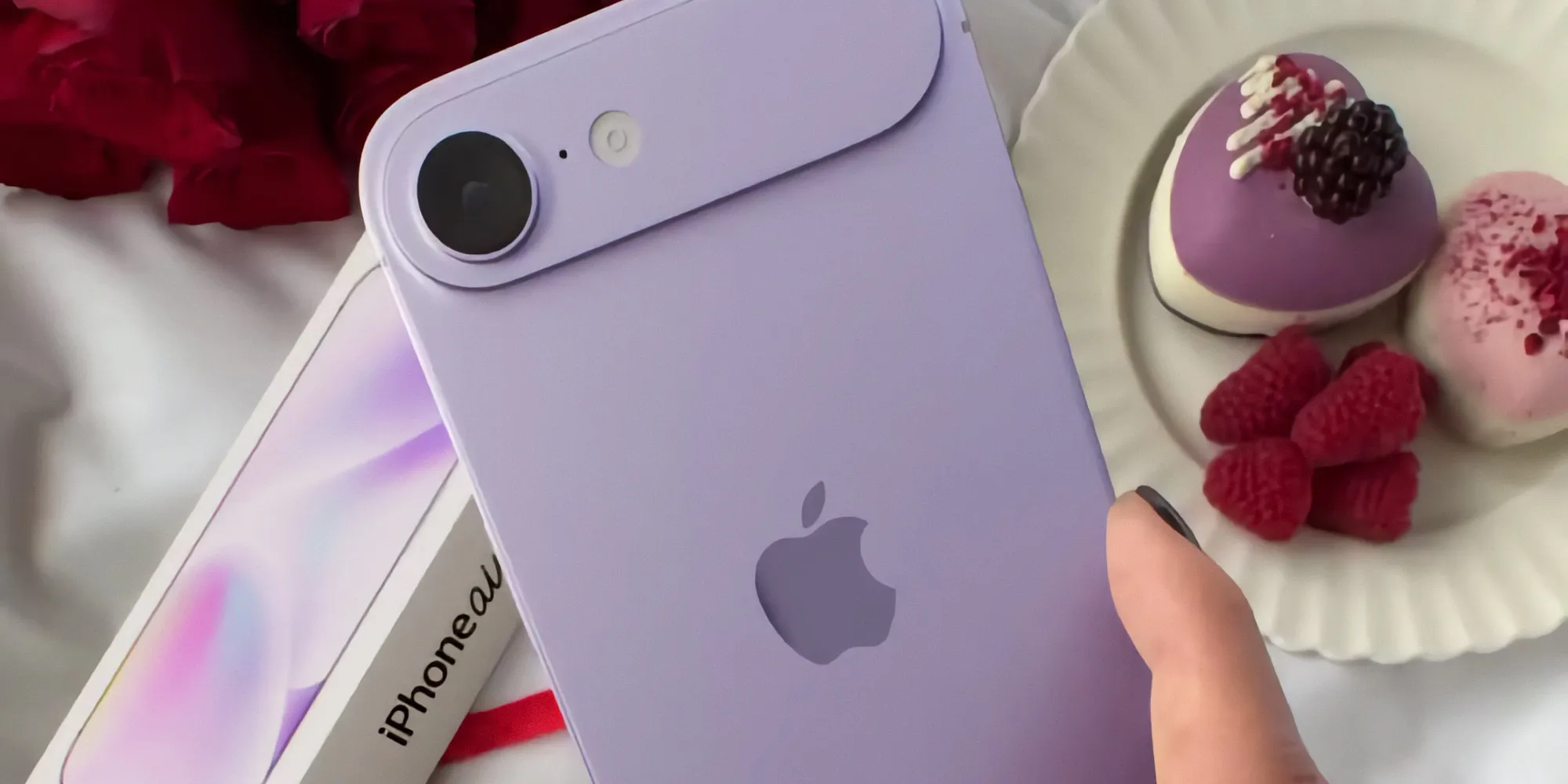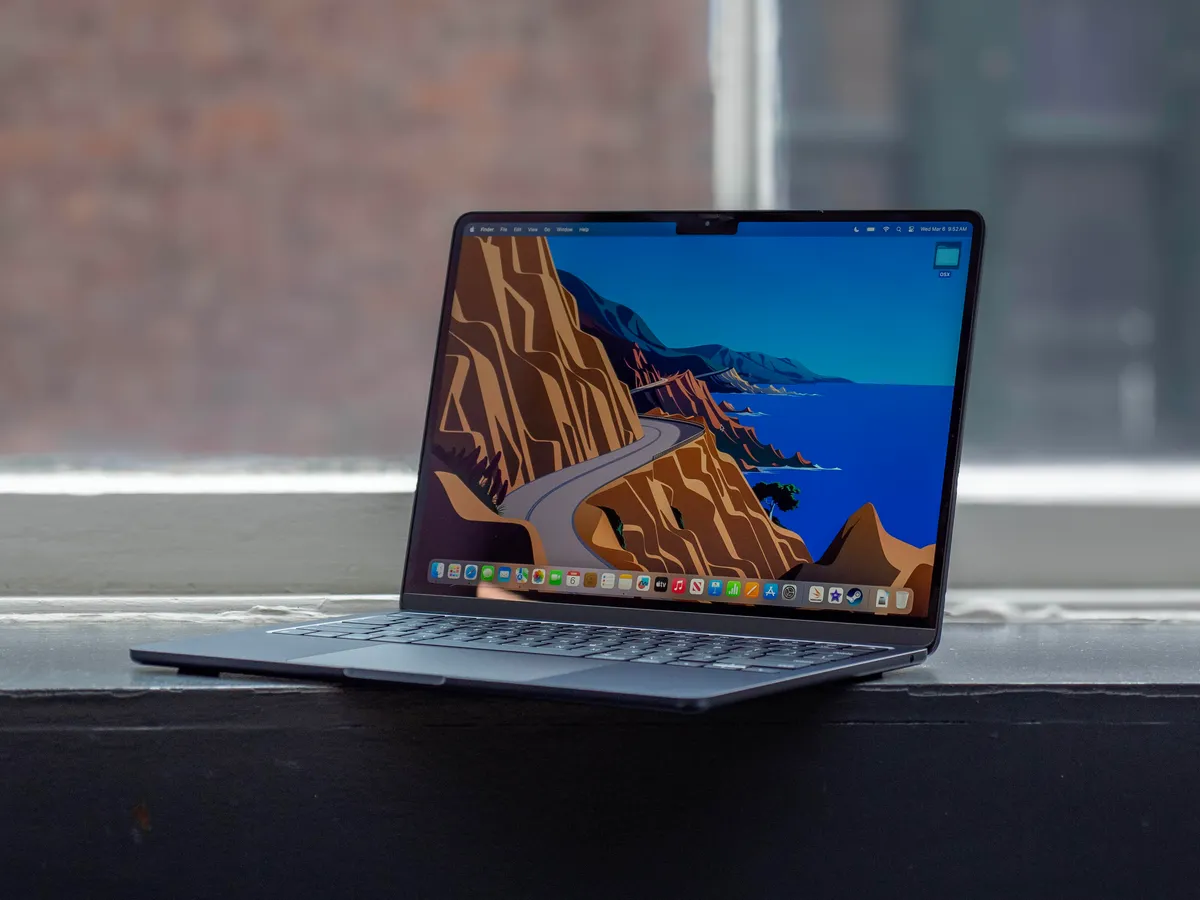Apple has started removing apps from the App Store in the European Union that do not provide trader contact information. Developers were notified that apps missing this crucial data would be taken down by February 17, 2025, and that deadline has now passed.
Under the new EU Digital Services Act (DSA), apps must list trader details like an address, phone number, and email for customers to see. This is to ensure transparency and accountability from app developers who earn money from sales or in-app purchases.
Apple has been emphasizing this rule for some time, requiring all new apps and updates to include this trader information. This data needs to be verified by Apple before apps can return to the App Store. The process to add trader information is straightforward, done through App Store Connect.
However, this requirement has caused some friction, especially among smaller developers or solo app creators who might not have formal business contact details. They argue that this could expose them to unwanted spam or complicate their operations.
Despite the pushback, the DSA mandates that Apple must display these contact details on the app’s product page within the EU’s 27 member countries. This ensures that users can reach out with any concerns or issues they might have with the app or its developer.
For more detailed guidance on how to comply with these new regulations, developers can visit Apple’s official website. This move signifies a growing trend towards more transparency in digital markets, although it does present new challenges for some in the development community.






